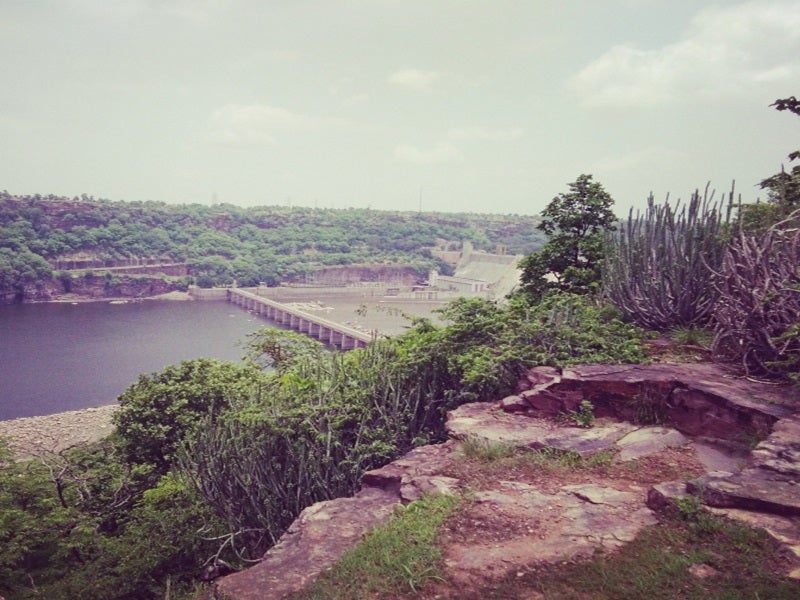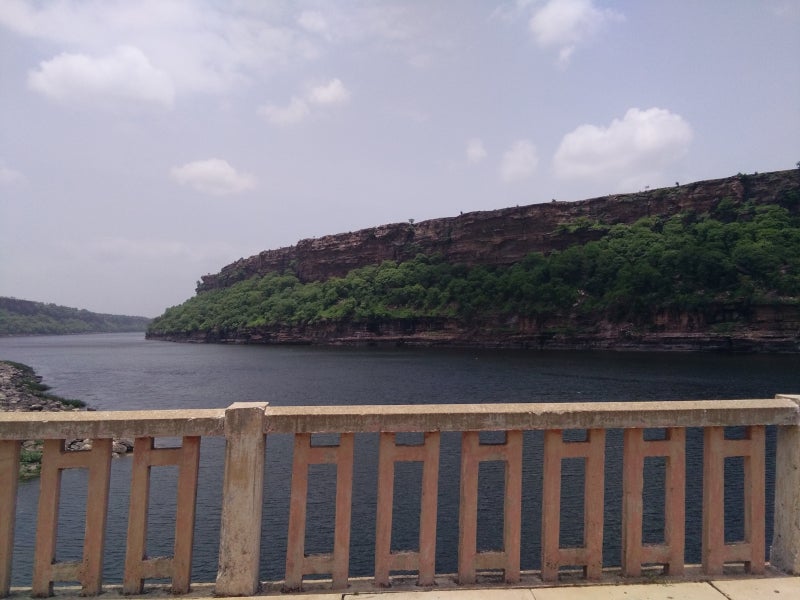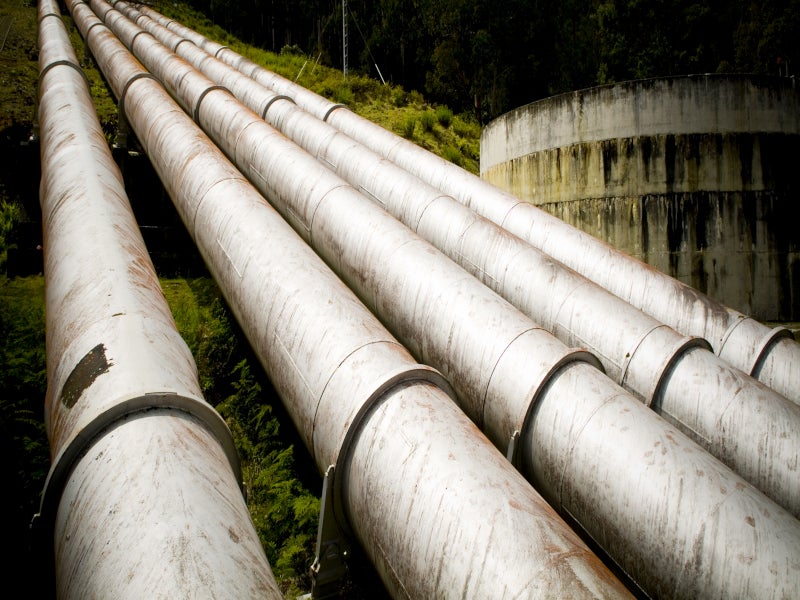The Gandhi Sagar off-stream pumped storage project (PSP), with an intended capacity of 1.9GW, is currently under development in Madhya Pradesh, India.
The project is being developed by Greenko Energies, an energy transition and decarbonisation solutions company with an estimated investment of Rs100bn ($1.22bn) as of January 2023.
The project is anticipated to have a capacity of 1.9GW and storage of six hours to provide up to 11GWh daily.
The project is on track to commence commercial operations by 2025, and it is expected to produce an annual electricity output exceeding 8,000GWh.
Gandhi Sagar pumped storage project location
The upper reservoir for the Gandhi Sagar PSP is set to be constructed adjacent to a village within Khemla Block, located in Rampura Taluk of Neemuch District in Madhya Pradesh, India.
The lower reservoir is an existing structure known as the Gandhi Sagar reservoir, situated near the village of Gandhi Sagar in Mandsaur district.
The construction of the pumped storage project is anticipated to encompass an area of approximately 402.5ha.
Reservoir details
The upper reservoir will boast a live storage capacity of 1.22 thousand million cubic feet and a dead storage capacity of 0.58 thousand million cubic feet. The embankment for the upper reservoir will reach a maximum height of 35m, and a total length of 5,561.13m.
The dam will have a length of more than 514m, marking it as a significant piece of infrastructure with a gross storage capacity of 258.47 thousand million cubic feet.
The lower Gandhi Sagar reservoir employs a masonry gravity dam. The dam’s height, measured from the deepest bed level, is 63.7m. The lower reservoir has a gross storage capacity of approximately 7.32 billion cubic metres.
Gandhi Sagar pumped storage project details
The project will incorporate a water intake structure linked to six independent penstocks or pressure shafts, which will be fitted with trash racks and gates to direct water from the intake system.
Five penstocks will provide water to five vertical-axis reversible Francis turbine units. Two additional penstocks will be split to serve two additional units.
The powerhouse will be on the surface, situated downstream of the intake structure. The five principal turbine units will be fixed-speed turbines operating at a rated head of 121.7m for generation and 127.9m for pumping.
The two smaller units will be variable-speed turbines with operational heads of 121m for generation and 128.7m for pumping.
The tail race tunnel will be 85m wide and 860m in length, with a full supply depth of 6m. This channel, approximately 860m in length, will join the Gandhi Sagar reservoir, guaranteeing a continuous flow of water between the upper and lower reservoirs during both generating and pumping modes.
Power evacuation
A 400kV indoor gas-insulated switchgear (GIS) system will be installed within a separate building close to the main powerhouse.
Adjacent to the GIS, step-up transformers will be positioned, with bus duct galleries linking them to the machine hall.
Power will be evacuated via an 81km long, 400kV double-circuit transmission line to the 400/220kV substation operated by Power Grid Corporation of India in Kota, Rajasthan.
The line will enable both the evacuation of generated power and the supply of power for pumping operations.
Contractors involved
Larsen & Toubro’s Heavy Civil Infrastructure Business secured a contract from the Greenko Group to develop the pumped storage project in November 2022.
Larsen & Toubro will lead a consortium to execute the civil and hydromechanical works.
ANDRITZ, an international technology group, was commissioned to provide the electromechanical equipment for the project.






